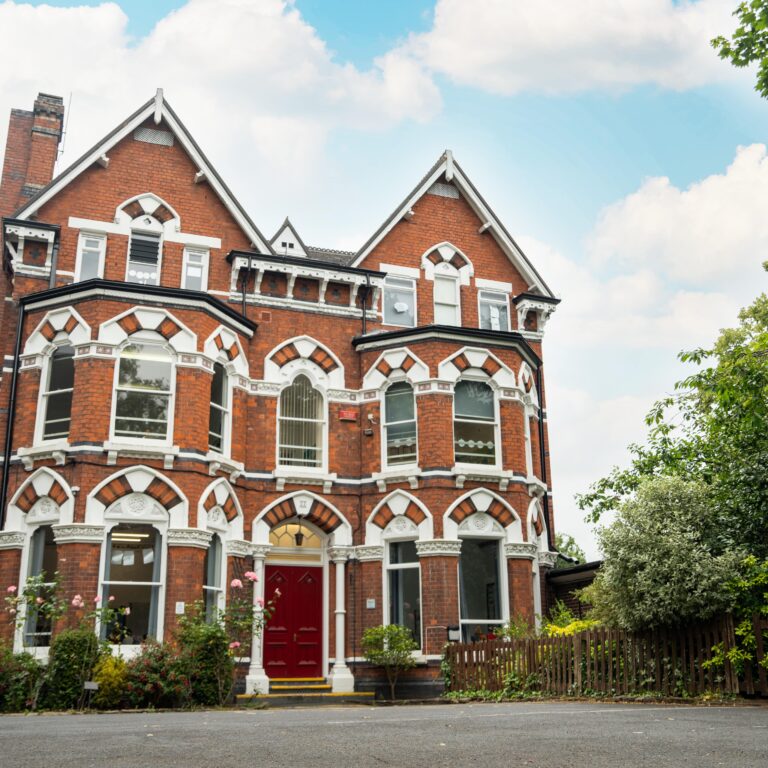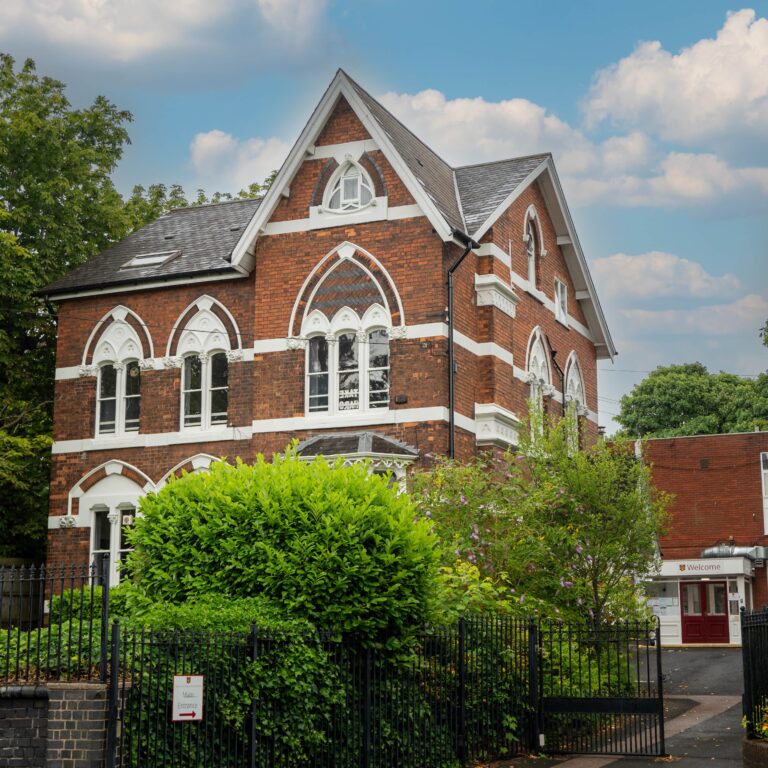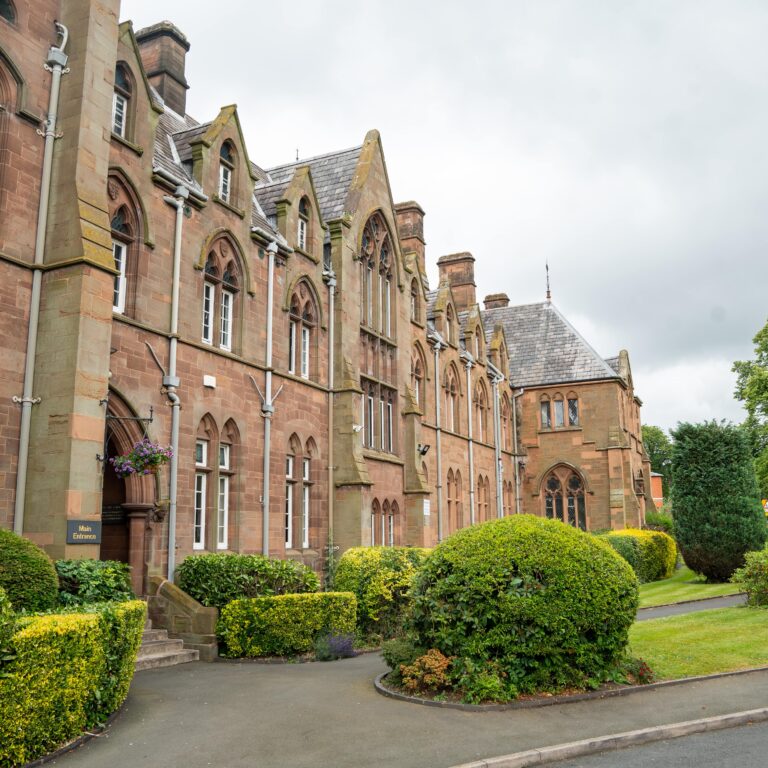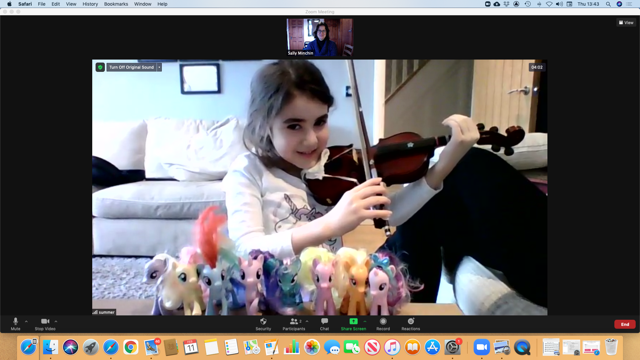Many of you may be aware that I have been teaching the Suzuki Violin Method at Highclare for just over a year now. Some of you may know a lot about this method of learning a musical instrument while others may not. I thought it might interest parents, students and staff to learn a little more about it all.
To understand the Suzuki Method we have to go back to 1930’s Japan, to a man now known as Dr Suzuki, who founded this method and look at how and why he chose to develop it……
Dr Suzuki
Shinichi Suzuki was a violinist and teacher in Japan, born in 1898. He was a late starter himself, only taking conventional lessons at aged 17. His father owned a violin factory who produced Suzuki violins.
Shinichi founded the Suzuki Method after he had been asked to teach a very young child the violin. At first he was at a loss as to how best to nurture such a young child who could barely read the printed page and then he had a profound realisation that all children speak fluent Japanese. If they could learn such a complicated language and speak it so well, the same method of learning could be applied to the violin. Shinichi decided that any child could learn just about anything with the right environment and support. Dr Suzuki worked tirelessly throughout his life to ensure that as many children as possible could benefit from his teaching method and philosophy. Over his lifetime his method spread to other countries such as America and now is taught all over the world.
Mother Tongue Philosophy
The Mother tongue philosophy developed out of Dr Suzuki’s realisation that if every child can fluently learn to speak their language by imitating what they hear around them from birth then this way of developing a skill could be transferred to learning the violin, as well as every other skill they wish to master. He decided that if the child was surrounded by the sounds of violin playing from birth or as early as possible these sounds would be absorbed and internalised just as human speech is.
Daily Listening
A huge part of learning the Suzuki Method is daily listening at home to the Suzuki book 1 recordings. This is essential and cannot be started too early. It can be done at anytime of the day, during meal times, getting ready for school or nursery, or winding down for bedtime. This ensures that the child and parent knows the music really well and can remember how each tune is supposed to sound without the need for constantly reading music. That way, they can instead focus on the techniques required to play violin really well to a very high standard and this lays an excellent foundation for the years to come.
Group lessons as well as Individual lessons
Group lessons are an essential part of the Suzuki Method. Suzuki knew that children learn well together because it’s fun to learn, interact and play with their peers. This is about socialising, building relationships and friendships with others and working together to create something extremely special. It encourages team work and respect for one another. Group lessons create an opportunity for Play Togethers, a highly important and enjoyable part of the Suzuki Method. This is where children of all different abilities come together and play in as many pieces as they are able.
Book 1 is the ‘Tool Box’
Dr Suzuki very cleverly put together a clear and logical progression of pieces in Suzuki book 1 to build every student’s technique and ability. It has everything in it to sow the seeds of more advanced playing and therefore makes a great resource to return to when dealing with more advanced pieces.
Reading Notated Music – Later to Focus on Technique
The Suzuki Method focuses solely on technique, posture, good tone and intonation for as long as it takes for the child to develop confidence and ease of playing. During this time the teacher often introduces elements of notated music in individual and group lessons. When the child is ready to read notation they are well-equipped and along with their excellently trained ear and super technique they will excel also in music reading.
My Conclusions
Well who would believe that my account above is the shortened version?! It took longet than I thought to cut down all of my knowledge to what I hope is an interesting and enlightening read. You may all be interested to know that Highclare School has historical links with the Suzuki Method. We are very lucky indeed to have a thriving Suzuki violin community here in the Midlands led by the fabulous and Uber-experienced Heather Clemson, who in fact was once our violin teacher at Highclare School! She now teaches privately along with training many Suzuki teacher trainees such as myself. I know she is extremely excited that Highclare once again have Suzuki violin happening in our schools and is really keen to meet and work with us when we are able to do so again. Our wonderful violinists have already been involved with a super two-day Suzuki event at Sutton Coldfield Town Hall last October and we hope to be invited to many more such events.
Anyone wishing to know more about Suzuki can email me at s.minchin@highclareschool.co.uk
There is more information also at: https://www.britishsuzuki.org.uk
Many Thanks
Mrs Minchin
